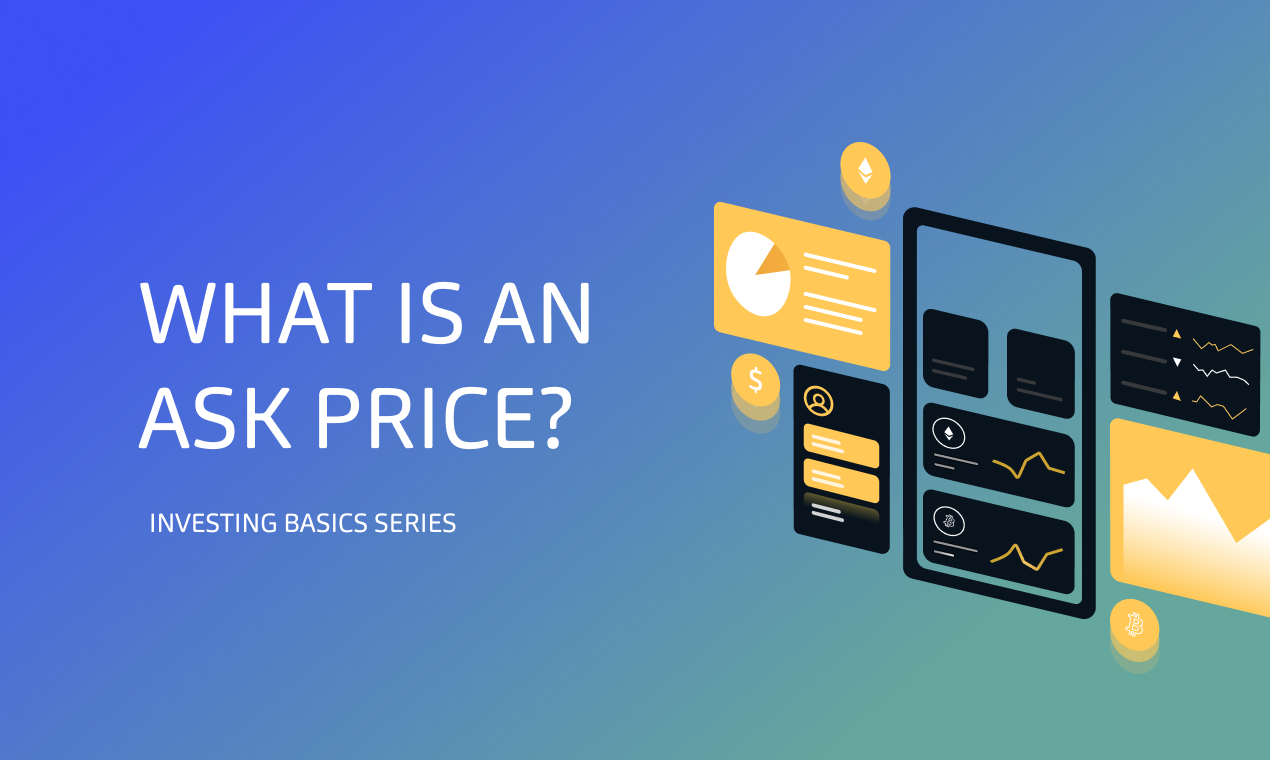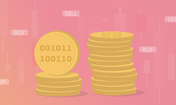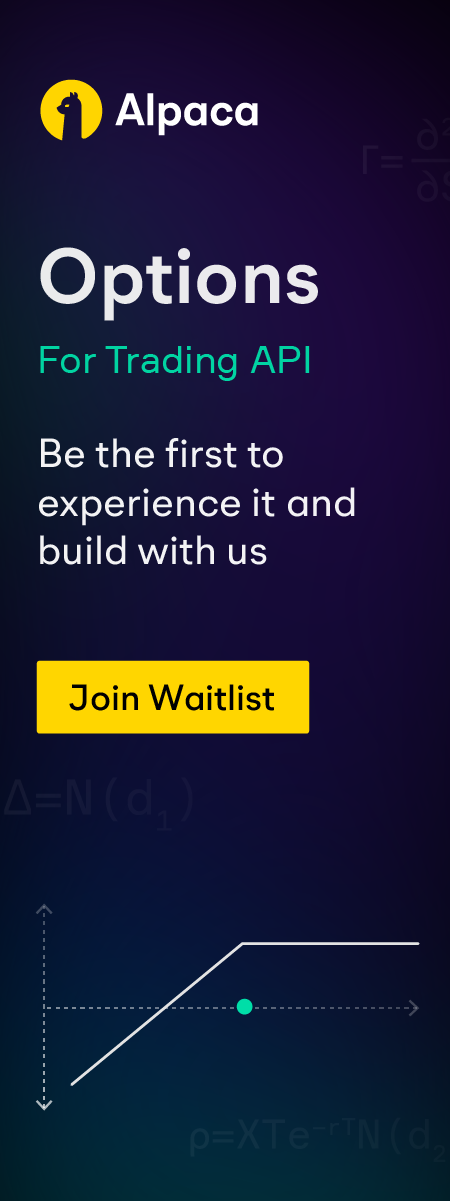What is Inflation?


Inflation is defined as an increase in the price of goods and services over time.¹ This means that a certain amount of money is worth less in the future when inflation is taken into account.
What drives inflation and how is it calculated?
Inflation can be cost-push or demand pull.² The demand is relatively stable in cost-push inflation, but supply-side constraints can drive the price higher. An example of cost-push inflation is the increase in car prices due to the higher cost of raw materials. In demand-pull inflation, the rise in demand is the primary cause of inflation.² At the start of a pandemic, the cost of face masks was high since availability was limited. Gradually, the supply of these masks ramped up, leading to stability in prices.
Consumer price index is the inflation rate calculated based on the rise in the price of a basket of goods at the consumer level. The items used to calculate inflation are food, transportation, and medical care.³ When the price rise is calculated as changes in the price of goods before they reach consumers, it is tagged as the wholesale price index.⁴
Example
Let’s say you have $100 in a bank account that gives you an annual interest rate of 10%. At the beginning of the year, the price of apples is $10, but the inflation rate is expected to steepen by 20%. Initially, you can purchase 10 apples for $100. In a year, the cash in your bank account accrues to $100*1.10 or $110, and the price of an apple is 12. Now, you can purchase only ~9.2 apples. There is a reduction of 10% in purchasing power since money does not grow at the same rate as inflation.
References
1. Inflation: Prices on the Rise. IMF.
2. Cost-Push and Demand-Pull Inflation: Definitions and Examples. Nasdaq.
3. Consumer Price Index. Investopedia.
4. Wholesale Price Index. Investopedia.
Please note that this article is for educational and informational purposes only. Alpaca does not recommend any specific investments or investment strategies. Investments in securities involve the risk of losses and past performance does not guarantee future results. Before investing you should carefully consider your investment objectives, time horizon, and overall risk tolerance as well as the information stated in the product offering prospectuses.
Securities brokerage services are provided by Alpaca Securities LLC (“Alpaca”), member FINRA/SIPC, a wholly-owned subsidiary of AlpacaDB, Inc. Technology and services are offered by AlpacaDB, Inc.
This is not an offer, solicitation of an offer, or advice to buy or sell securities, or open a brokerage account in any jurisdiction where Alpaca is not registered (Alpaca is registered only in the United States).








